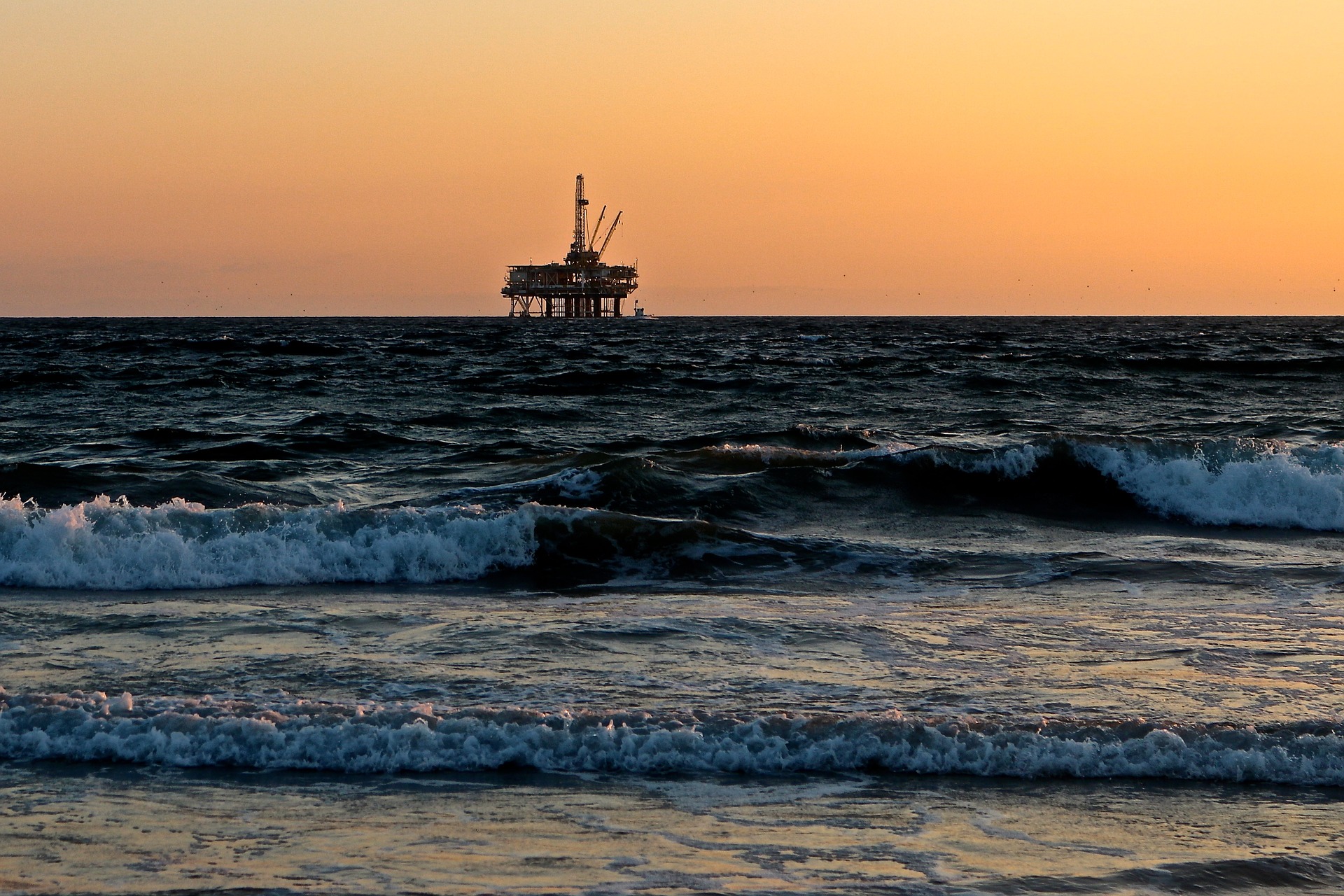Louisiana is located at the mouth of the Mississippi River. This state occupies several exits on the Mississippi River Delta, making it an ideal location to receive, refine, and transport oil and natural gas from the Midwest. It is also situated on the Gulf of Mexico which is rich in undersea oil resources ripe for extraction. The following details the history of natural gas and oil in Louisiana.
Petroleum development in Louisiana
This state is one of the top 10 crude oil producers and reserve-holders in the United States. It has been producing commercial crude products since the early 20th Century, shortly after the discovery of oil in Texas in 1901. But, the current annual production of crude has dropped to about half of the output it was in 2000 and is at its lowest level in forty years. This indicates an opportunity for companies to develop the area and seize valuable reserves.
Louisiana has been extracting offshore petroleum since 1947. It is the primary point of entry for petroleum extracted in the Gulf of Mexico and a main refinery. The Gulf of Mexico, as part of the Outer Continental Shelf, is one of the largest oil fields in the United States and one of the most productive. But, Louisiana production experienced sharp downturns in 2005 when its facilities were damaged and shut down by Hurricanes Rita and Katrina. Also, the 2008 Deepwater Horizon fire which killed 11 workers and dumped 4.9 million barrels of crude oil into the Gulf resulted in temporary moratoriums. Since the Deepwater Horizon disaster, the government tightened safety rules and reorganized the federal agencies which oversee the industry.
Louisiana possesses the only deep-water port capable of accepting crude oil. The Louisiana Offshore Oil Port began operations in 1981 and can take between 1 and 2 million barrels a day. The Clovelly Dome Storage Terminal can store up to 60 million barrels in underground caverns.
Louisiana also has 18 refineries, nearly 20 percent of the United States’ refining capacity. Its facilities are advanced, enabling the state to refine oil from all over the world and to produce more high-value products such as motor oil. The vast majority of refined products from the area are sold out of state through the 3,100 mile Plantation Pipeline Network. The Plantation Pipeline Network supplies most of the South with its petroleum needs.
History of natural gas in Louisiana
Louisiana is also a top-five producer of natural gas in the United States. This state accounts for about 6 percent of U.S. production and holds nearly 5 percent of the reserves. It is located beside the Haynesville Shale which is a key natural gas source. Finally, it is a top consumer of its own natural gas. About 90 percent of the gas the state produces is consumed domestically, primarily by the industrial sector.
Louisiana is also located at the confluence of nine interstate natural gas pipelines and four intrastate pipelines at the Henry Hub. This state is a key point of transit for natural gas from Texas and from the Gulf of Mexico. Louisiana also maintains 19 storage facilities which allows it to store natural gas and quickly increase production when demand spikes. It holds approximately 8 percent of total storage capacity.
Are you looking for high-quality bulk fuel?
In short, Louisiana is ideally situated for oil and natural gas companies who are looking to expand their operations. The state has a deep history of developing oil and natural gas and has infrastructure to support new investments.
At Kendrick Oil, we distribute a wide variety of wholesale fuels, including diesel, regular gas, and heating fuels. If your business is in need of wholesale fuel or if you have questions about any of our Products and Services, give us a call at (800) 299-3991. You can also Contact Us by email for more information. We services areas throughout Louisiana, Texas, New Mexico, Oklahoma, Kansas, and Colorado.

